Air quality warnings issued across much of New York for Canada fires. It'll likely persist
Wildfires across Canada have prompted air quality alerts for much of New York, with conditions likely to persist, state officials said Tuesday.
Despite some rain forecasted Tuesday afternoon, winds are expected to continue pushing smoke southward from Quebec, where fires have displaced tens of thousands of Canadians.
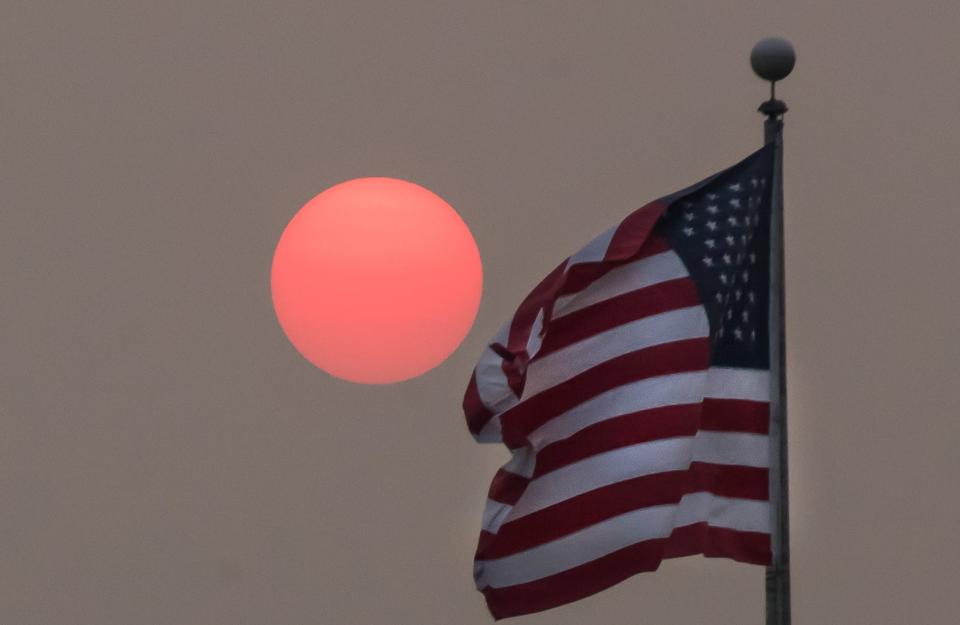
On Monday, the New York State Department of Environmental Conservation (DEC) issued an air quality health advisory throughout Tuesday for much of the state due to fine particulate matter, or PM 2.5, made up of tiny solid particles or liquid droplets smaller than 2.5 microns, derived from the fires. The National Weather Service also issued an air quality alert Tuesday morning.

"It is a very dry year, it is a warm year, and there is a concern that these conditions will persist," DEC Commissioner Basil Seggos said in a virtual press conference Tuesday afternoon.
DEC officials issued another advisory for Wednesday for most of the state — now including Western New York and Eastern Lake Ontario — indicating unhealthy air quality for sensitive groups, though all New Yorkers should limit outdoor activities.
Canada's wildfires
On Monday, Canadian Natural Resources ministry officials said the country was on track to have its worst-ever year for wildfires. As of Tuesday, there were over 400 active fires, with over 230 considered out of control, the Canadian Interagency Forest Fire Centre reported. Many of these wildfires blanketed much of Quebec, which is directly north of Upstate New York.
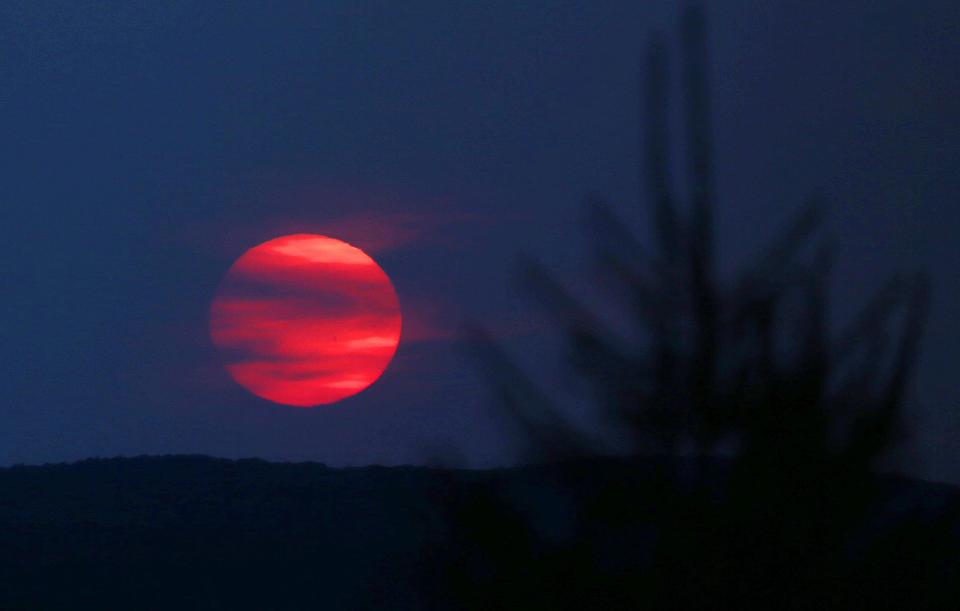
What to expect
The U.S. Environmental Protection Agency's NowCast air quality index listed the New York City region's levels as unhealthy. Central New York had higher levels, where cities such as Rochester and Syracuse saw skies turn bright orange from the smoke Tuesday.
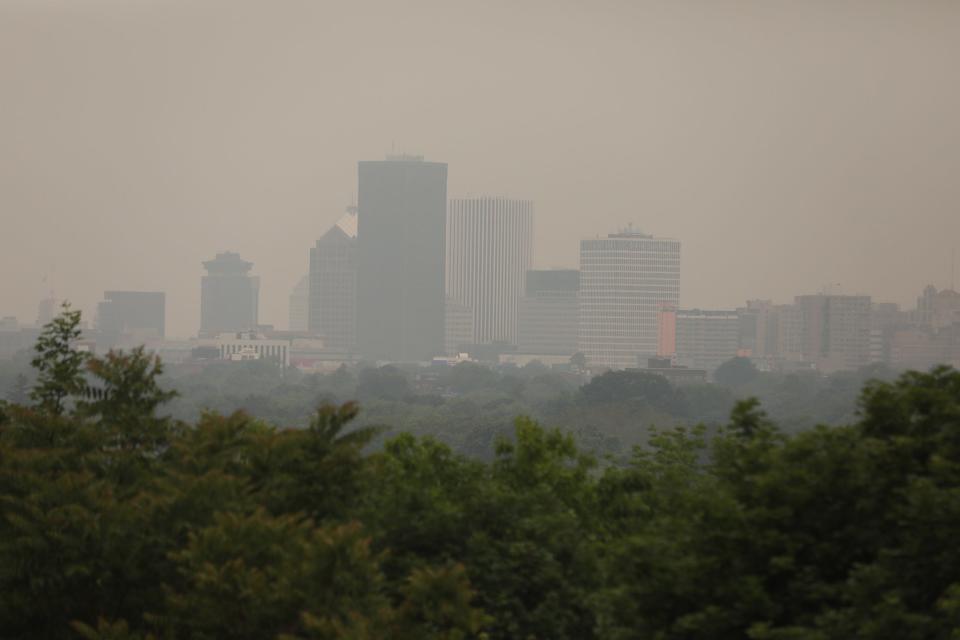
Visible smoke and haze from will continue to travel south on Tuesday afternoon and evening, said John Cristantello, a lead meteorologist for National Weather Service in New York. Another plume has started to move downstate from north-central New York, where there were unhealthy levels of PM 2.5.
"On satellite, there is more on its way from Upstate," he said.
Schools: Air quality alert prompts school districts to move activities indoors, shut windows
Climate: Wildfire smoke shows you can't hide from new climate reality in New York
Canadian fires lead to widespread haze: Smoke, haze impact US air quality as Canadian wildfires continue to rage
What risks are there?
Exposure can cause short-term effects like irritation to eyes, nose and throat, resulting in coughing, sneezing, runny nose and shortness of breath, DEC's advisory said. Elevated levels of PM 2.5 can also worsen medical conditions for people with asthma or heart disease. Children and elderly people may be particularly sensitive.
Dr. Gary Ginsberg, director of the state Department of Health's Center for Environmental Health, said PM 2.5 can move far distances in the environment and it can also penetrate deeply into people's lungs, making it harder for the respiratory tract to work effectively. Health officials are most concerned about short-term response in the first day or two of being exposed to PM 2.5, though Ginsberg said data on longer term effects are limited.
"Our general advice is go slow, monitor your own symptomatology," he told reporters. "Be a guide for yourself. And realize that these are unusual circumstances."
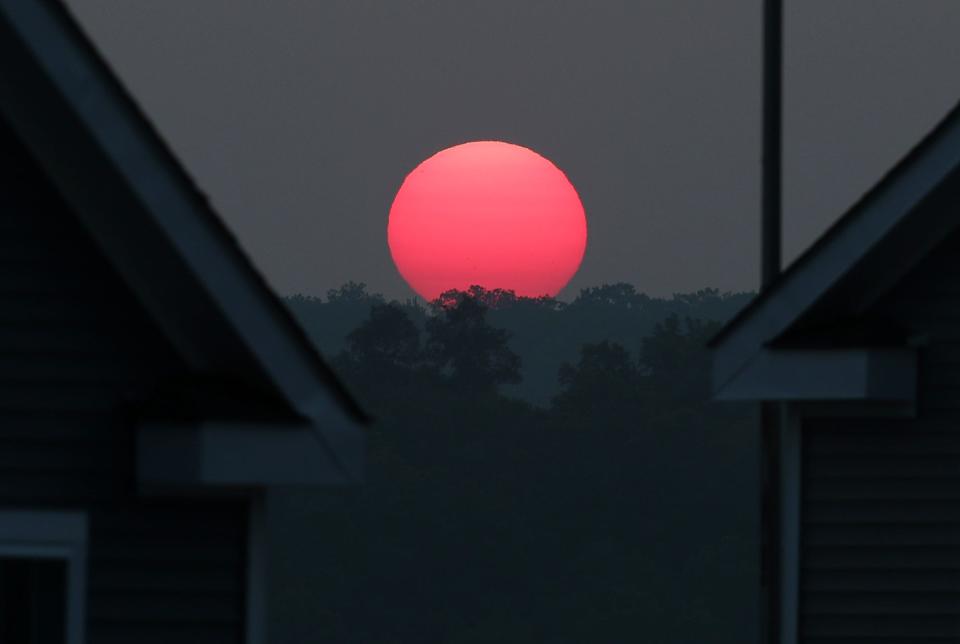
State health officials tend to see hospital admissions rise when air quality alerts are triggered for more than a few hours, Ginsberg said.
Going inside can help reduce exposure from smoke and haze sweeping southward. However, if there are indoor sources of PM 2.5 — such as from tobacco, candles, incense smoke or fumes from cooking — levels may not differ from outside.
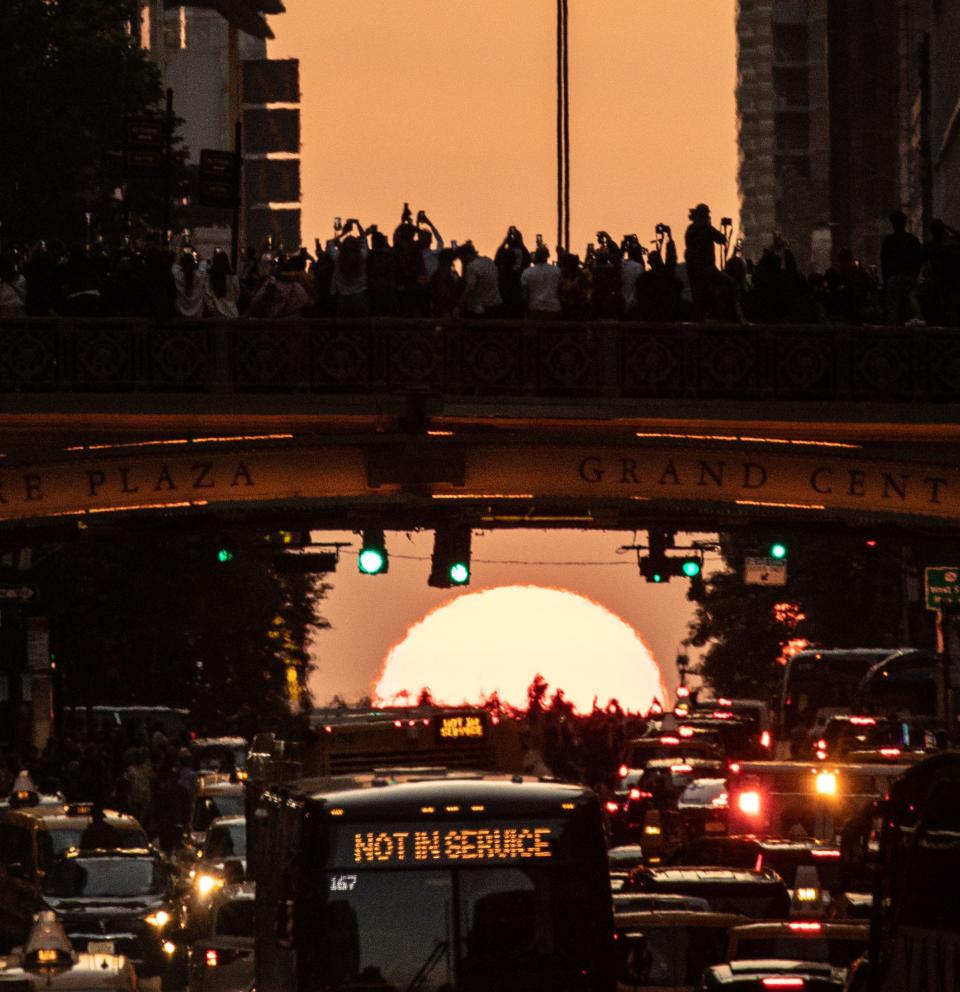
DEC officials recommended New Yorkers conserve energy and reduce pollution to reduce PM 2.5, including by opting for public transit and turning off lights and electrical appliances when they're not being used. This also includes burning debris in one's backyard.
On Tuesday, the DEC issued a “high” fire danger warning across the Lake Ontario Plains, Leatherstocking Region and Southern Tier — encompassing Central and Western New York — due to dry conditions. Unattended brush and campfires can easily start fires using fine, dead fuels that can become serious and difficult to control. The rest of the state had a moderate level of fire danger.
Smoke and haze originating from the wildfires in Quebec will continue to travel south today. The thicker area of smoke seen over Lake Ontario and upstate NY in this satellite loop is expected to reach us late afternoon/early evening. pic.twitter.com/XJTe7rJcMZ
— NWS New York NY (@NWSNewYorkNY) June 6, 2023
Alerts elsewhere in New York
Just days earlier, DEC officials issued advisories for ozone levels that surpassed air quality indices. There have been a few recent air quality advisories due to the Canadian wildfires, too, Seggos said.
Monday's DEC advisory applied to the five boroughs and surrounding lower Hudson Valley counties, Long Island, the Hudson Valley, Adirondacks, Eastern Lake Ontario and Central New York regions.
This applied to most of New York, Seggos added.
Eduardo Cuevas covers race and justice for the USA TODAY Network of New York. He can be reached at EMCuevas1@gannett.com and followed on Twitter @eduardomcuevas.
This article originally appeared on New York State Team: Air quality near me: warnings issued in Hudson Valley, NYC

